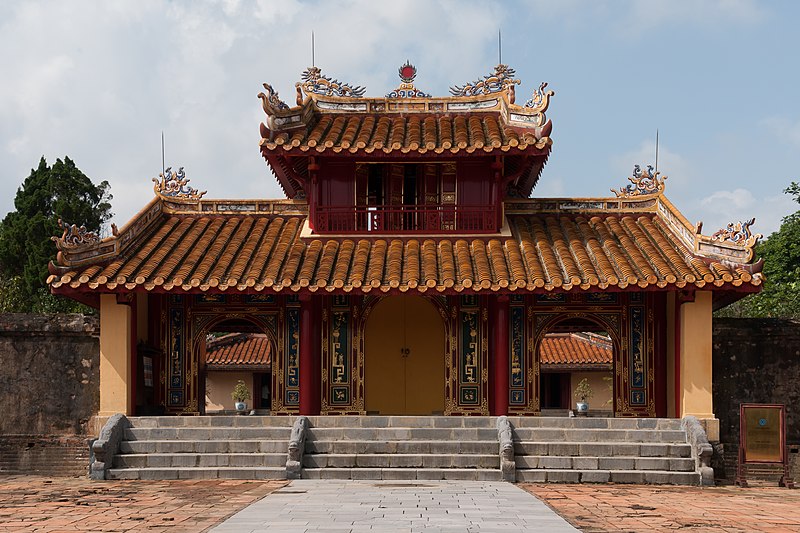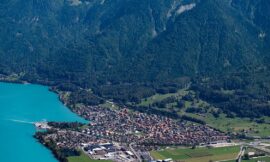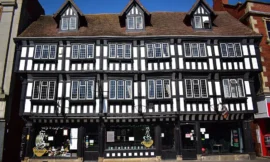The Tomb of Minh Mạng, located near Hue in central Vietnam, is a remarkable testament to the grandeur and sophistication of Vietnamese imperial architecture. Built in the early 19th century, the tomb serves as the final resting place of Emperor Minh Mạng, the second ruler of the Nguyen Dynasty, who reigned from 1820 to 1841. Surrounded by lush gardens, tranquil lakes, and majestic pavilions, the tomb complex reflects the emperor’s vision of harmony between man and nature and stands as a testament to his enduring legacy.
Designed by a team of architects and artisans under the direction of the emperor himself, the Tomb of Minh Mạng exemplifies the traditional Vietnamese architectural style known as “đại địa phủ” or “great architectural complex.” The tomb complex is laid out according to the principles of feng shui, with the structures arranged in perfect harmony with the surrounding landscape to create a sense of balance and serenity.
At the heart of the tomb complex lies the burial mound of Emperor Minh Mạng, which is surrounded by a series of courtyards, pavilions, and ceremonial halls. The main entrance to the tomb is marked by a grand gate known as Dai Hong Mon, which leads to the Stele Pavilion, where a stone tablet inscribed with the emperor’s accomplishments and virtues is displayed.
The Tomb of Minh Mạng is renowned for its exquisite architectural details and decorative elements, including intricately carved stone dragons, phoenixes, and other mythical creatures that adorn the pavilions and gates. The tomb’s pavilions are adorned with colorful tiles, lacquered woodwork, and ornate carvings, reflecting the wealth and status of the Nguyen Dynasty rulers.
Surrounding the tomb complex are lush gardens, landscaped lakes, and peaceful wooded areas, creating a tranquil oasis that invites contemplation and reflection. The gardens are meticulously manicured and planted with a variety of native trees, shrubs, and flowers, providing a serene backdrop for visitors to explore and enjoy.
The Tomb of Minh Mạng is not only a place of historical significance but also a cultural and spiritual landmark for the Vietnamese people. It serves as a pilgrimage site where visitors can pay their respects to the emperor and reflect on the rich heritage and traditions of Vietnam’s imperial past. The tomb complex also hosts traditional ceremonies and cultural events throughout the year, further enriching its cultural significance and connecting future generations with their heritage.
Today, the Tomb of Minh Mạng stands as a testament to the enduring legacy of Emperor Minh Mạng and the Nguyen Dynasty, as well as a symbol of Vietnam’s rich cultural heritage and architectural prowess. Visitors to the tomb complex can marvel at its beauty and craftsmanship, explore its serene surroundings, and gain a deeper understanding of the history and culture of Vietnam.



